SUMMARY
This is AI generated summarization, which may have errors. For context, always refer to the full article.
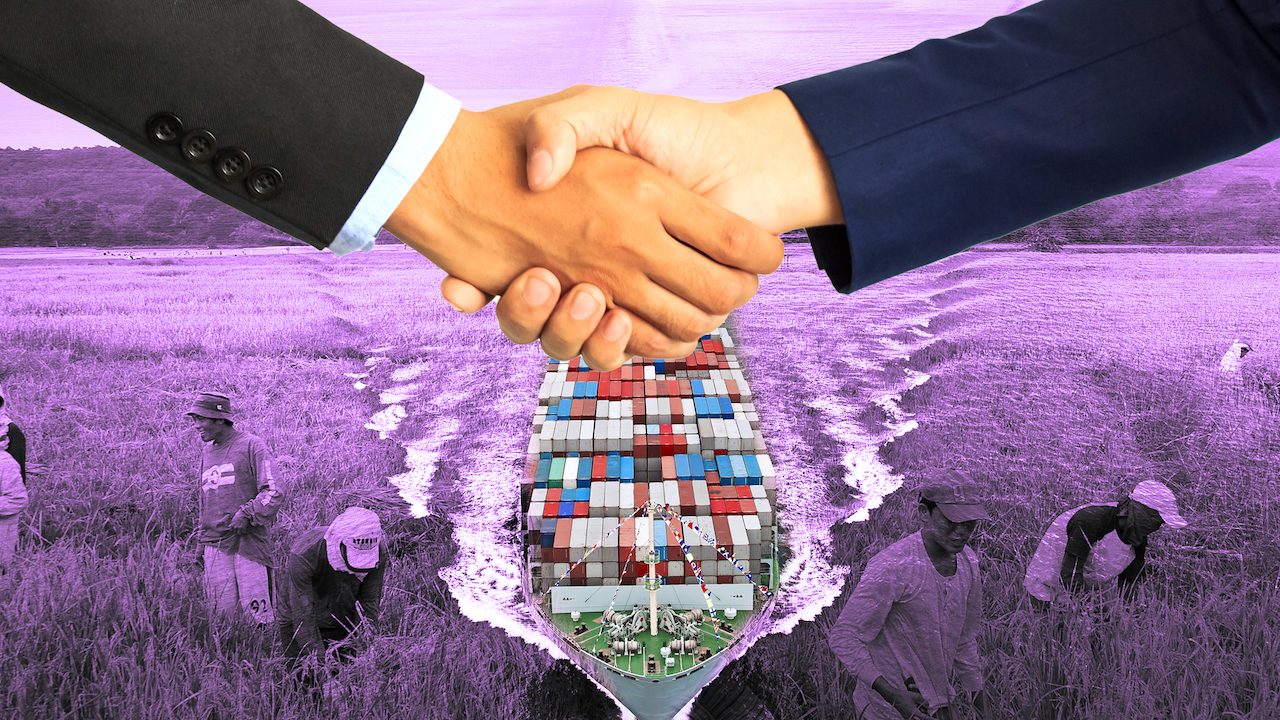
MANILA, Philippines – The Philippines officially joined the Regional Comprehensive Economic Partnership (RCEP) on February 21, Tuesday, after 20 senators voted to ratify the accord. Only one senator voted against, while another senator abstained.
The RCEP is one of the largest free trade pacts in the world, which includes economic giants China and Japan.
In an interview with reporters on February 12, President Ferdinand Marcos Jr. said that although he was not lobbying for the approval of the RCEP, he believes the country would benefit from being part of the trade pact, particularly in the field of agriculture.
“The reason that I talked about RCEP is because I am quite confident na malapit na mapasa ‘yan (that it will be ratified soon),” Marcos said.
Then-president Rodrigo Duterte signed the country’s participation in the RCEP on September 2, 2021, but the required Senate ratification was delayed over concerns raised by farmers’ groups and other organizations about the lack of benefits provided for in the agreement. (READ: Philippines’ inclusion in world’s largest trade pact rests on Senate)
History
RCEP was originally proposed during the 2011 Association of Southeast Asian Nations (ASEAN) Summit in Bali, Indonesia. Negotiations for the trade agreement began during the 2012 ASEAN Summit in Phnom Penh, Cambodia.
According to a joint declaration in 2012, the agreement was founded from a need to have a comprehensive trade agreement in the region, as well as to boost economic growth among trade partners.
Besides the ASEAN member-states, partner-states Australia, China, India, Japan, South Korea, and New Zealand also took part in the RCEP negotiations. The RCEP was set to be completed in 2015 but was only signed in 2020 after 31 rounds of negotiations.
India would withdraw support during negotiations in 2019, over fears of imports devaluing local industries. RCEP members have said that India is welcome to join at any time.
Other non-member states can join the trade agreement 18 months after January 1, 2022, or on July 1, 2023.
Indonesia was among the last to ratify the RCEP, its participation taking effect last January 2, 2023.
What does the RCEP do?
The main attraction for RCEP is allowing free trade or the importation and exportation of goods with little to no restrictions on quantity and tariffs, or import taxes, among signatory countries.
While others have said that the agreement will remove a majority of tariffs among signatory countries, other reports have said that due to already-existing trade agreements between nations, tariffs won’t be reduced by a significant amount.
The deal also untangles complicated trade rules, meaning that countries under the RCEP can much more easily trade with each other.
The RCEP will allow ease of trade in goods, services, investments, and e-commerce.
Sanitary and phytosanitary or plant disease control, technical regulations, intellectual property enforcement, and small and medium enterprises are all regulated under the agreement.
It’s important to note that the RCEP does not have provisions for environmental and labor regulations, as well as short-term benefits for developing countries, which include the Philippines.
How will the RCEP affect the Philippines?
Signatory countries of the RCEP account for 29% of the global gross domestic product and 25% of global trade. The deal also includes two of the three largest economies in the world, China and Japan.
According to projections of the Asian Development Bank, China, Japan, and South Korea are expected to benefit the most from the deal, earning a combined $156 billion of the $174 billion by 2030.
The Philippines is projected to earn $2 billion from the agreement by 2030. (EXPLAINER: What RCEP means for Philippines)
Countries that are export-heavy, meaning that they send more goods abroad than receive them, are expected to be the ones to reap the most benefits from the deal.
As the Philippines is an import-leaning country, it would receive more trade from other countries in the RCEP than export them.
When asked by reporters whether the RCEP goes against the idea of the Philippines becoming self-sufficient, Marcos said that it would be the contrary since it will be able to tap important markets that the agriculture sector in particular can make use of.
He also said: “[T]he different non-traditional suppliers of agricultural inputs, of agricultural commodities ay mayroon – puwede nating ma-access ‘yun. Without RCEP, we cannot do that.” – Rappler.com
Add a comment
How does this make you feel?

![[ANALYSIS] How one company boosts farmer productivity inside the farm gate](https://www.rappler.com/tachyon/2024/06/bioprime-farmgate-farmer-productivity-boost.jpg?resize=257%2C257&crop=465px%2C0px%2C1080px%2C1080px)

![[In This Economy] Is the Philippines quietly getting richer?](https://www.rappler.com/tachyon/2024/04/20240426-Philippines-quietly-getting-richer.jpg?resize=257%2C257&crop=194px%2C0px%2C720px%2C720px)
![[In This Economy] Can the PH become an upper-middle income country within this lifetime?](https://www.rappler.com/tachyon/2024/04/tl-ph-upper-income-country-04052024.jpg?resize=257%2C257&crop=295px%2C0px%2C720px%2C720px)
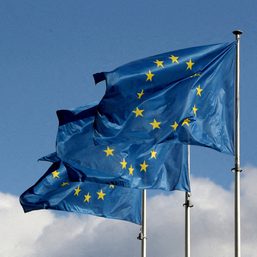
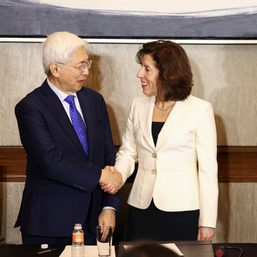
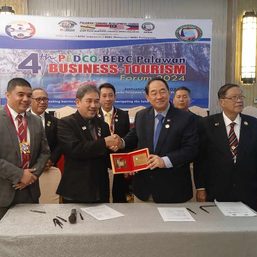
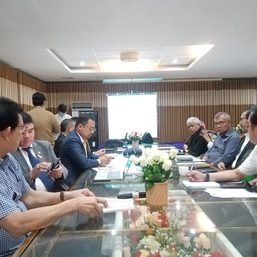
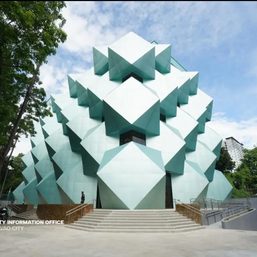
There are no comments yet. Add your comment to start the conversation.